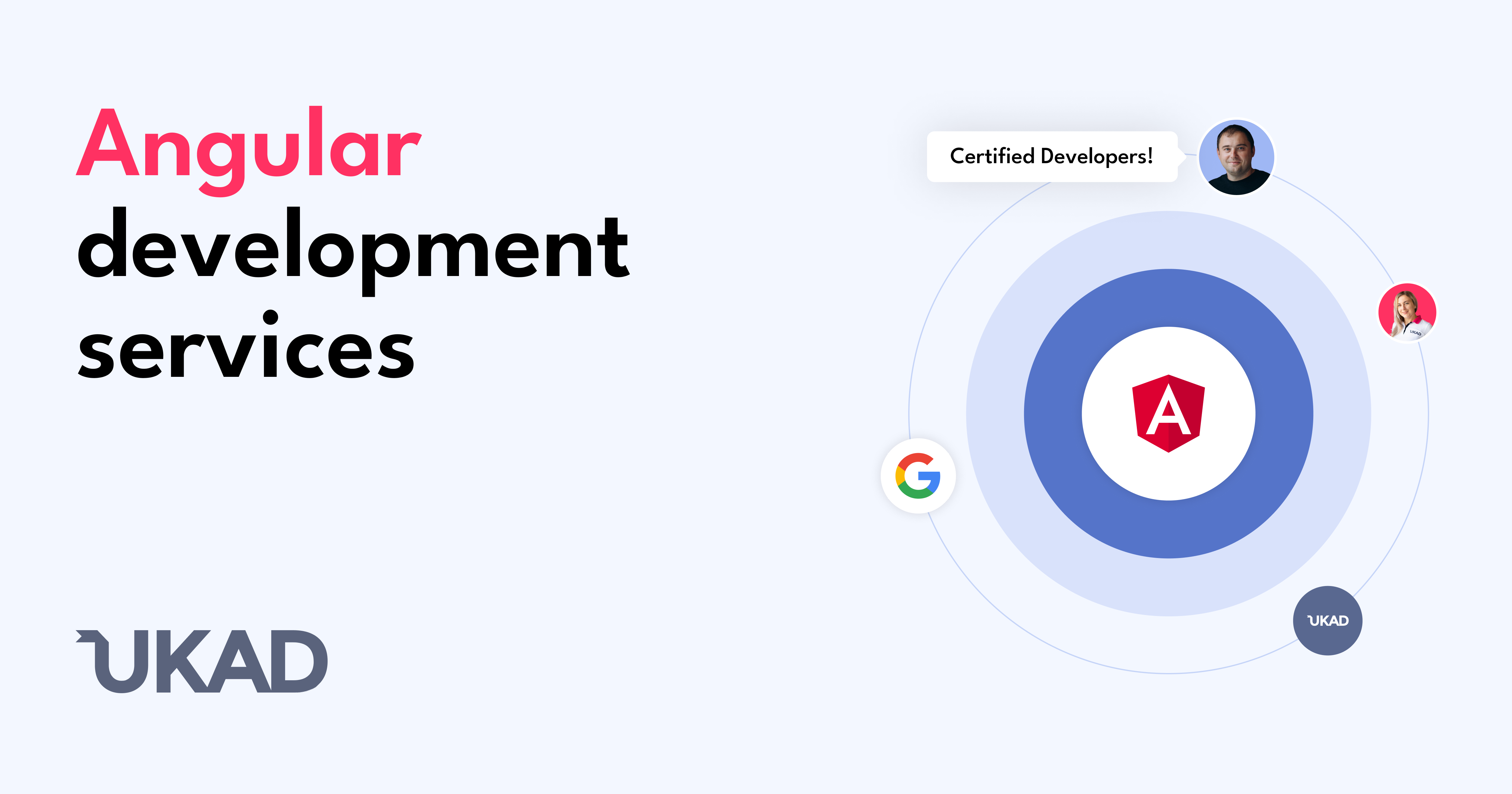Blitz News Digest
Stay updated with the latest trends and insights.
Angular and Beyond: Crafting Dynamic Web Experiences
Explore the future of web development with Angular and unlock the secrets to creating dynamic, engaging user experiences today!
Understanding Angular Components: Building Blocks of Dynamic Interfaces
Angular components are the fundamental building blocks of dynamic user interfaces in Angular applications. Each component encapsulates a portion of the user interface and its behavior, enabling developers to create reusable and maintainable code. Components consist of three main parts: the HTML template, which defines the layout of the UI; the TypeScript class, which contains the business logic and data; and the CSS styles, which add visual appeal. By breaking down complex UIs into smaller, manageable components, developers can enhance productivity and maintain a clearer separation of concerns.
To effectively utilize Angular components, understanding their lifecycle is crucial. Components go through a series of defined stages, such as creation, change detection, and destruction, each offering opportunities for developers to hook into the workflow and optimize performance. For instance, utilizing lifecycle hooks like ngOnInit and ngOnDestroy allows developers to manage resources efficiently. Furthermore, Angular promotes the use of data binding and dependency injection within components, enabling seamless interaction between the UI and underlying data models, thereby creating a dynamic and responsive user experience.

Exploring Reactive Programming in Angular: A Deep Dive into Observables
Reactive programming has become a cornerstone of modern web development, and in the context of Angular, it enables developers to manage asynchronous data streams effectively. At the heart of this paradigm is the concept of observables, which provide a powerful way to work with asynchronous data flows. In Angular, observables are used extensively in services, allowing components to subscribe to data and react to changes in real time. This capability enhances user experience by ensuring that the application responds promptly to user interactions and server events. Understanding how to leverage observables is crucial for building responsive and efficient Angular applications.
To get started with observables in Angular, the first step is to import the necessary operators from the RxJS library. Once you've done that, you can create an observable using new Observable() or other provided methods like from() and of(). Here’s a simple example to illustrate how to create an observable and subscribe to it:
- Create an observable:
const myObservable = new Observable(observer => { observer.next('Hello, World!'); observer.complete(); }); - Subscribe to the observable:
myObservable.subscribe(value => console.log(value));
This will log 'Hello, World!' to the console, demonstrating how observables emit values to subscribers. By mastering observables, Angular developers can build applications that are not only efficient but also easier to maintain.
How to Optimize Your Angular Application for Performance
Optimizing your Angular application for performance is essential to provide a seamless user experience. Begin by implementing Lazy Loading, which allows your application to load only the modules required for the initial view. This can significantly decrease the load time and improve initial rendering performance. Another effective strategy is to utilize the TrackBy function in your ngFor directives. This function helps Angular identify which items have changed, reducing the number of DOM manipulations required and thereby enhancing rendering speed.
Additionally, consider employing the OnPush change detection strategy to minimize unnecessary checks in your application. This strategy tells Angular to skip change detection for components when inputs haven't changed, resulting in better performance. To further enhance the performance of your Angular application, you can also optimize your images and assets by using modern formats and compressing them. Implementing Service Workers for caching can help improve load times on repeat visits. By applying these techniques, you ensure that your Angular application runs smoothly and efficiently, providing an excellent user experience.